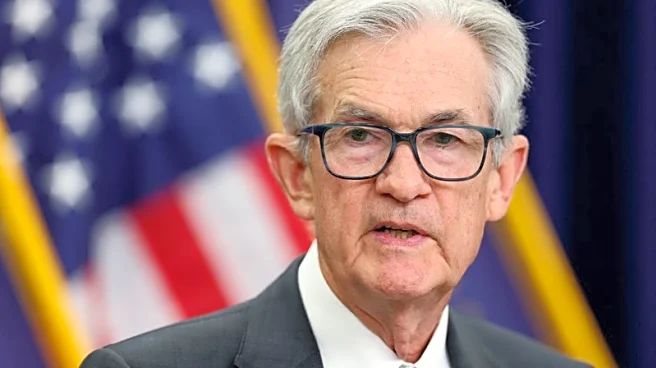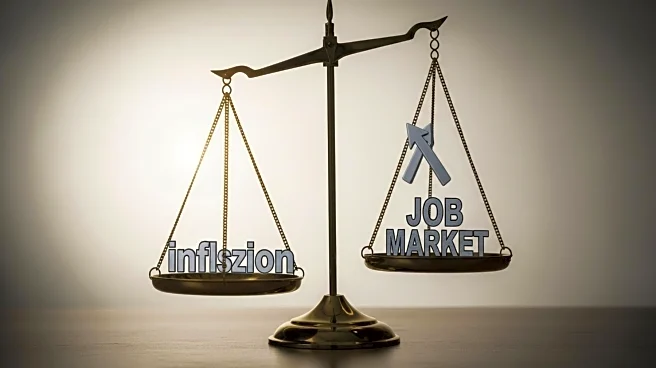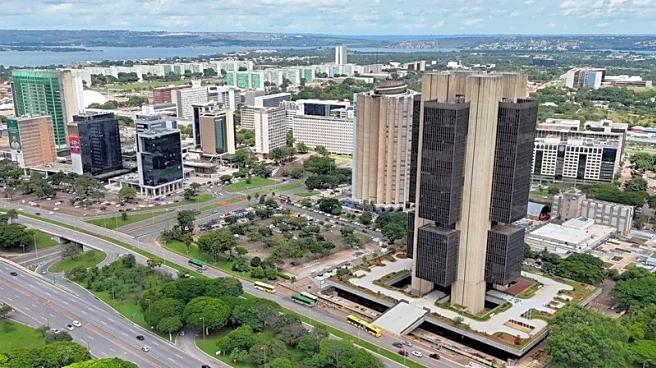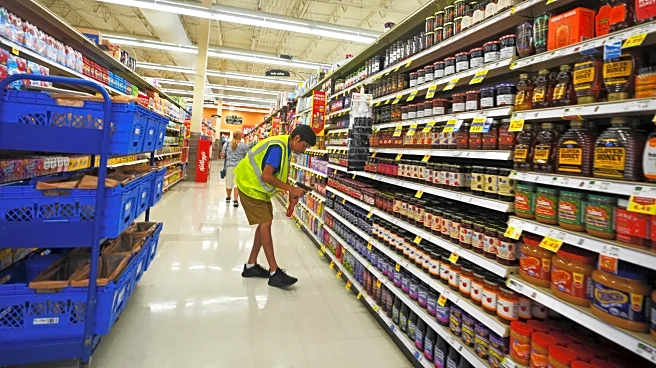What's Happening?
U.S. retail coffee prices have experienced a significant increase, rising by 21% year-over-year in August, marking the largest annual jump since October 1997. This surge is attributed to tariffs imposed by the Trump administration on major coffee-exporting countries, including a 50% tariff on Brazil, 20% on Vietnam, and 10% on Colombia. These tariffs have increased costs as the U.S. relies heavily on imports for 99% of its coffee consumption. In response, companies like J.M. Smucker are planning further price hikes for their Folgers and Cafe Bustelo brands, following previous increases in May and August. Additionally, New Orleans-based French Truck Coffee has introduced a 4% tariff surcharge, and Starbucks anticipates peak cost impacts in 2026 due to its advance purchasing strategies.
Why It's Important?
The increase in coffee prices is significant for U.S. consumers and businesses, as coffee is a staple product with widespread consumption. The tariffs on major coffee exporters are contributing to higher retail prices, which could lead to reduced consumer spending in other areas. Businesses in the coffee industry, from large corporations to small local chains, are facing increased operational costs, which may result in further price adjustments. This situation highlights the broader economic impact of trade policies and tariffs, affecting not only international trade relations but also domestic markets and consumer behavior.
What's Next?
As coffee prices continue to rise, consumers may seek alternative options or reduce their coffee consumption, potentially impacting sales for coffee retailers. Businesses may need to explore cost-saving measures or adjust their pricing strategies to remain competitive. The ongoing effects of tariffs on coffee prices could prompt discussions among policymakers and industry stakeholders about the balance between trade protectionism and consumer impact. Additionally, companies like Starbucks, which have advance purchasing practices, will need to monitor market conditions closely to mitigate future cost increases.













